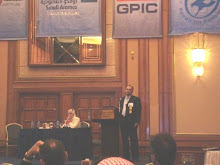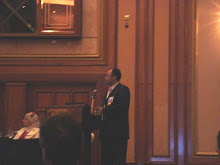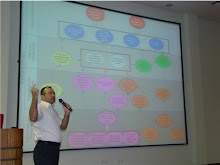Project success is more dependent on human factors (including Leadership) than technocratic processes (planning, procedures…)(Hauschildt, Keim and Medeof 2000). An assertion with many fans (Hull & Read, 2003; Lechler, 1988; Davies, 2002 to name but a few).
The Leadership-process-success link: "Leadership is influencing people to get things done to a standard and quality above their norm. And doing it willingly." (O'Neil, 2000) and “When it comes to project management, it’s the people that count” (Letchler T. 1998). Streaming down, numerous researches conducted since 1960’s, converged to 12 critical project success factors on which Davies declares “people perform every process; and its people who ultimately determine the adequacy. Thus the people side of the success factors is woven into their very fabric”. (Davies, IJoPM, 20 2002) (figure below)
From another perspective, whilst each process targets a specific project aspect as critical path competency gap would, at first glace, impacts project schedule/resources; whereas lack of Social Competency (EIC Standard) / Providing Leadership in the workplace (FMC Standard) would have a mega scale (multi-processes) impact on overall Project success.
I tend to vote for a complementary relationship। While methodologies and procedures form the 'framework'-hard dimension; Leadership symbolizes the 'art' (Dwight D. Eisenhower) that makes it perform optimally-soft dimension. (Figure below)

Regards,
Samer


 Solution Archetype adopted from Wolstenholme, 2003
Solution Archetype adopted from Wolstenholme, 2003
















